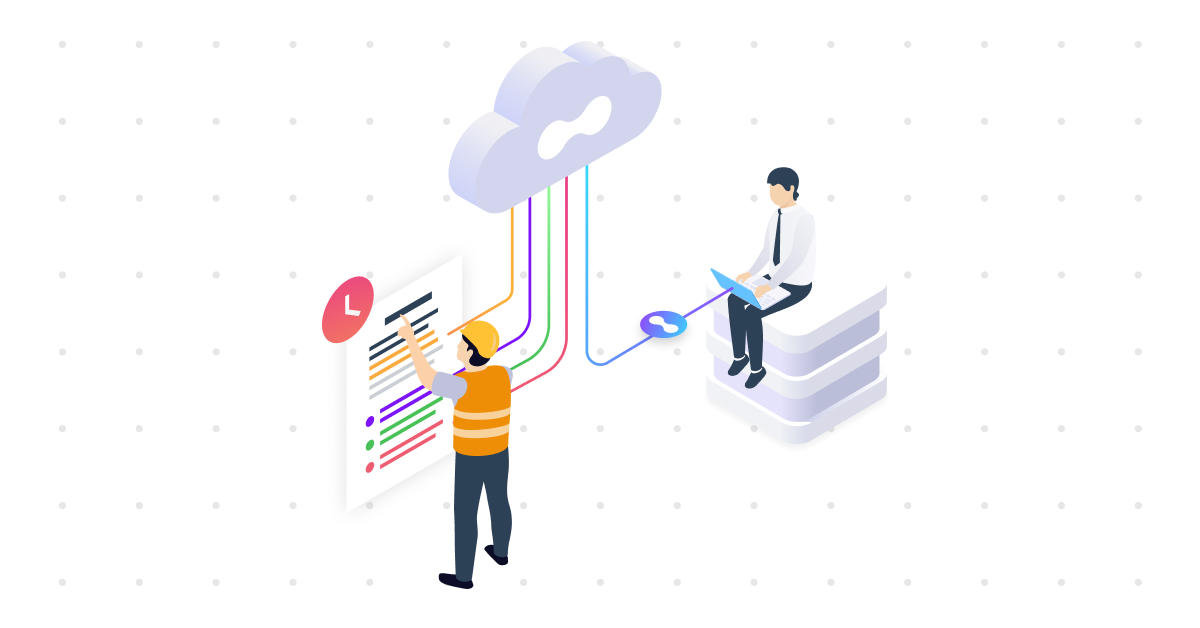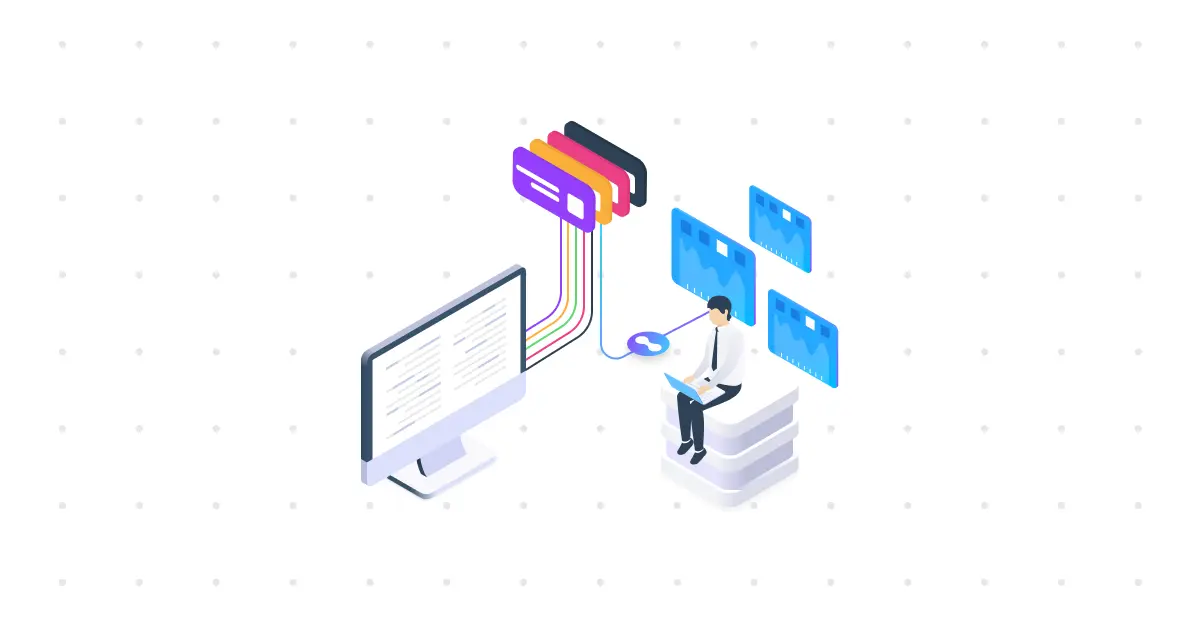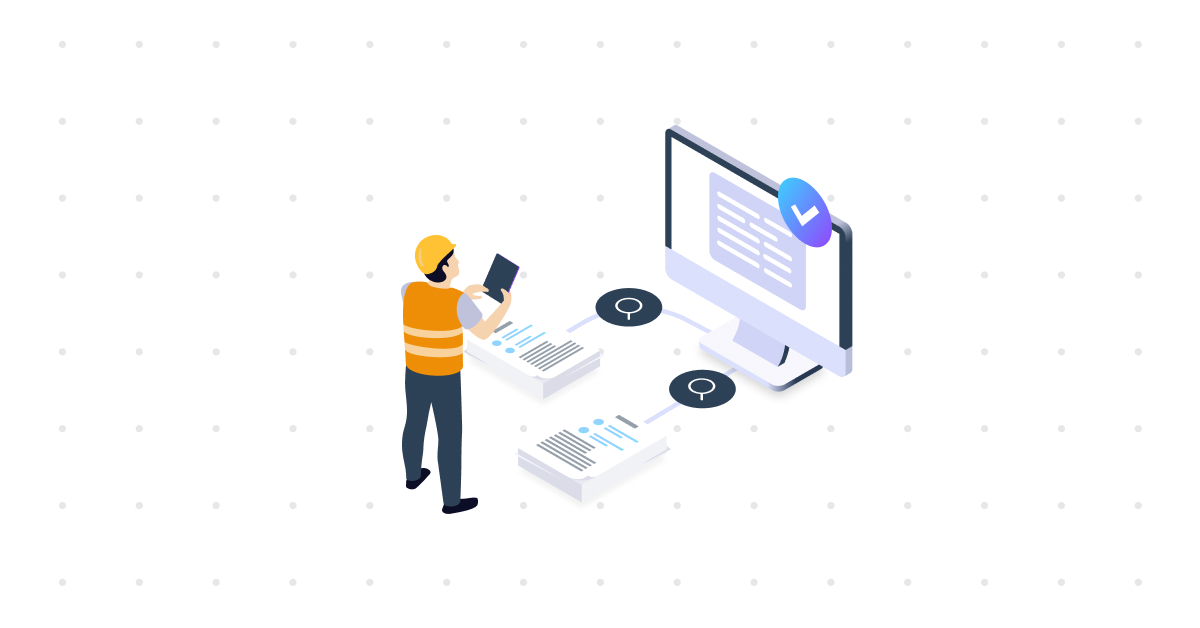Extracting Specifications from Documents: Manual vs. NLP-Based Extraction
- Insight
Extracting, interpreting, and applying specifications from technical documents, like standards, contracts, or regulations, is often a necessary but painstaking part of project or product management. Traditionally, this has been done manually, but recent advances in Natural Language Processing (NLP) have opened up new, intelligent alternatives.
In this blog, we’ll explore the differences between manual and AI-driven NLP extraction. We’ll also explain why a hybrid approach, combining human expertise with machine efficiency, offers the best of both worlds and how LAIcy makes this possible.
What is Specification Extraction?
Specification extraction is the process of identifying and capturing structured, actionable requirements and other model elements from unstructured documents, such as PDFs full of dense text, tables, and footnotes.
Requirements can be stored in a ‘specification library’ and are crucial for design, compliance, project delivery, product development, and system modeling. However, they are often buried in lengthy and complex standards or tender documents, making it daunting to pinpoint the relevant pieces manually. The challenge? Extracting them efficiently, accurately, and at scale.
Manual vs. NLP-Based vs. Hybrid Extraction
While reading this text, imagine you need to extract material specifications from a 100-page standard. Here’s how the approaches differ:
- Manual Specification Extraction: Accurate but Time-Consuming
Manual extraction involves reading the document line by line, identifying relevant content, and copying it into a structured format like Excel or a requirements management tool.
Advantages:
- High contextual understanding
- Full control over interpretation
- No dependency on AI models
Limitations:
- Time-consuming: Reading, interpreting, and recording specifications can take hours.
- Error-prone: Even experts can overlook or misinterpret details.
- Not scalable: Difficult to repeat across many documents or frequent updates.
- NLP-Based Extraction: Fast, Scalable, and Structured
Natural Language Processing (NLP) is an AI-powered method that enables systems to read and interpret human language. With the right models, NLP can identify requirement statements and convert them into structured data.
Advantages:
- Fast processing: NLP can analyze long documents in minutes.
- Consistent interpretation: It reduces variation and subjective judgment.
- Scalability: It works across large sets of documents, even as new versions are released.
Limitations:
- May miss implicit or nuanced requirements.
- Requires model tuning for specific domains (not in every case).
- Requirement quality depends on the document quality.
- A Hybrid Approach: Human Intelligence Meets AI Speed
While NLP is powerful, it may require model tuning for specific domains or needs a review for complex phrasing or implicit requirements. Especially when dealing with ambiguous language or domain-specific terminology. Therefore, the most effective way to extract requirements today isn’t just manual or fully automated, it’s hybrid. With tools like LAIcy, NLP identifies and suggests requirements, and the user simply validates, edits, or approves them within a structured workflow.
Why hybrid works:
- Speed from NLP, accuracy from human validation.
- Enables scalable workflows while preserving context and judgment.
- Reduces time spent scanning documents, freeing up experts for more valuable tasks.
Meet LAIcy: Intelligent Requirements Extraction with NLP
LAIcy is a powerful service built on top of the Laces suite. It uses advanced NLP algorithms to automatically detect and extract requirements and subjects (like activities or physical objects) from technical documents like standards, tenders, and regulations. Each extracted requirement is linked directly to its original location in the document and made available in Laces for further use.
What makes LAIcy different?
- Confidence rating: Shows how confident the AI is in classifying each requirement.
- Document traceability: Maintains direct links to the original document location.
- Structured output: Requirements are immediately usable in linked data workflows.
How it works:
- Submit your request: Fill in a short form, specify the purpose, and attach your documents.
- We take it from there: Our team analyzes your input and extracts the requirements.
- Access your results: The extracted requirements are uploaded to your existing Laces workspace, or we’ll create one for you.
- Review and refine: You validate and adjust the results as needed.
- Collaborate and share: Publish the final requirements and collaborate with your team.
Benefits at a Glance
Manual extraction has been the default for decades, but is no longer sustainable. NLP-based extraction offers a faster, more consistent alternative. And the best part? You don’t need to choose one or the other.
A hybrid approach, where NLP suggests and humans refine, isn’t a compromise but the preferred way of working. It combines AI’s speed and scalability with human expertise’s essential accuracy and oversight, ensuring efficient and trustworthy outcomes.
- Save time by eliminating manual document scanning.
- Ensure traceability by linking every requirement to its source.
- Enable structured reuse through linked data and integrations.
- Support decision-making with better visibility into the ‘why’ and ‘where’ of every requirement.
Ready to explore what this could look like for your team? Book a meeting with Rikkert van Riet.
Structure, Link, and Reclaim Control Over Requirements
In today’s complex engineering landscape, clarity is non-negotiable whether you’re working on a new satellite platform, an electric vehicle, or a regional water system. The systems we build are more complex, integrated, and dependent on data than ever before. And yet, one of the most critical ingredients for success, the specification, is still too often […]
ReadWhy You Should Use Laces to Simplify Verification and Compliance
Verification plays a critical role in industries where precision, safety, and accountability are non-negotiable, whether you’re designing infrastructure, building vehicles, or manufacturing medical devices. Yet, for many teams, managing the verification process is still a complex, manual, and error-prone task. This is where the Laces Requirements Manager comes in. It simplifies the planning and execution […]
ReadExtracting Specifications from Documents: Manual vs. NLP-Based Extraction
Extracting, interpreting, and applying specifications from technical documents, like standards, contracts, or regulations, is often a necessary but painstaking part of project or product management. Traditionally, this has been done manually, but recent advances in Natural Language Processing (NLP) have opened up new, intelligent alternatives. In this blog, we’ll explore the differences between manual and […]
Read

